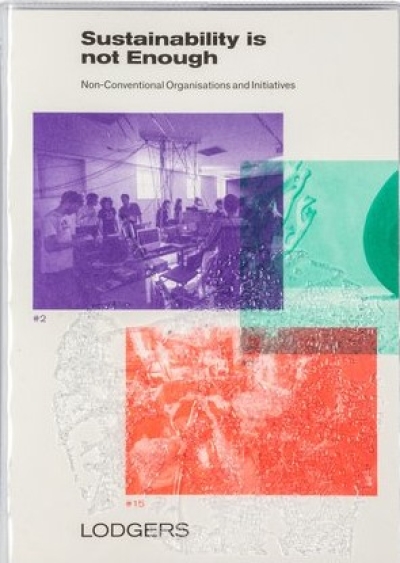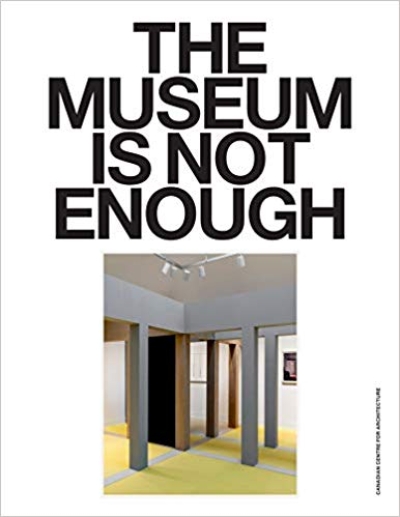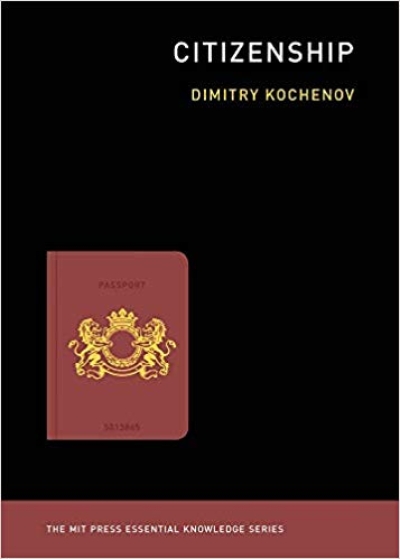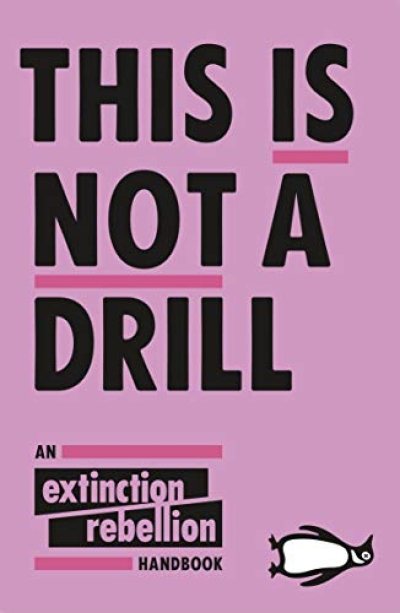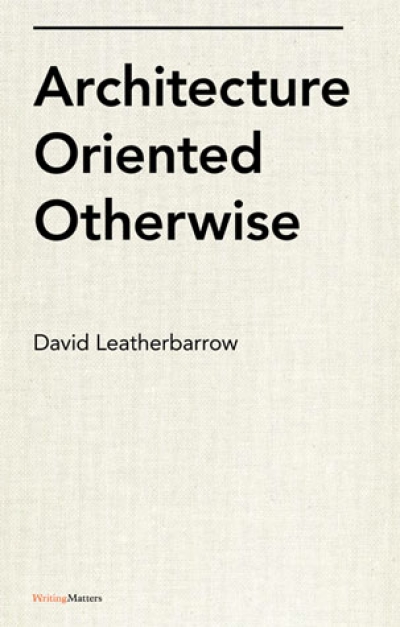
Architecture Oriented Otherwise
So much writing about architecture tends to evaluate it on the basis of its intentions: how closely it corresponds to the artistic will of the designer, the technical skills of the builder, or whether it reflects the spirit of the place and time in which it was built, making it not much more than the willful (or even subconscious) assemblage of objects that result from design and construction techniques. Renowned writer and thinker David Leatherbarrow, in this groundbreaking new book, argues for a richer and more profound, but also simpler, way of thinking about architecture, namely on the basis of how it performs. Not simply how it functions, but how it acts, "its manner of existing in the world", including its effects on the observers and inhabitants of a building as well as on the landscape that situates it. In the process, Leatherbarrow transforms our way of discussing buildings from a passive technical or programmatic assessment to a highly active and engaged examination of the lives and performances, intended and otherwise, of buildings.
Drawing on an encyclopedic reading of contemporary philosophy, as well as from the work of architects whose work he admires, including Peter Zumthor, Renzo Piano, Le Corbusier, and Frank Lloyd Wright, Leatherbarrow challenges us to fundamentally reconsider the way we think about buildings and ask architects to think about their buildings in a vastly wider context, opening up the possibility of creating works that are richer in meaning, quality, and life. In asking for and presenting a sea change in the way of thinking about buildings and their design, Architecture Oriented Otherwise is required reading for anybody who makes or cares about architecture.
David Leatherbarrow is professor of architecture and chairman of the PhD program at the University of Pennsylvania, where he has taught architectural design, history, and theory since 1984 and was departmental chair between 1992 and 1998. He has published a number of books and more than seventy scholarly articles in architectural journals.











